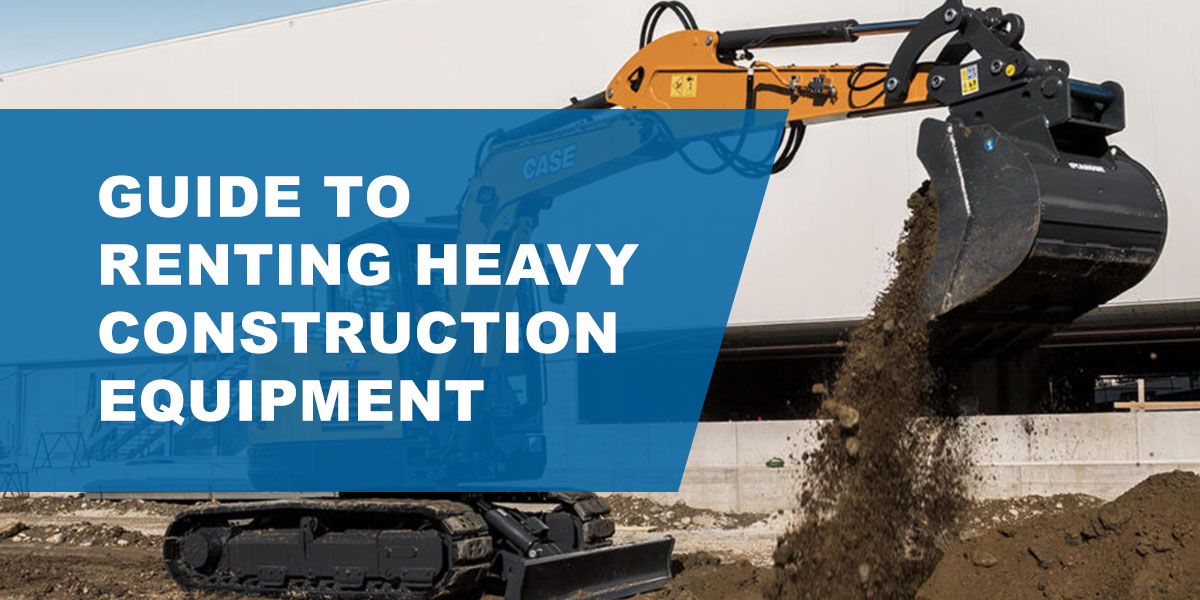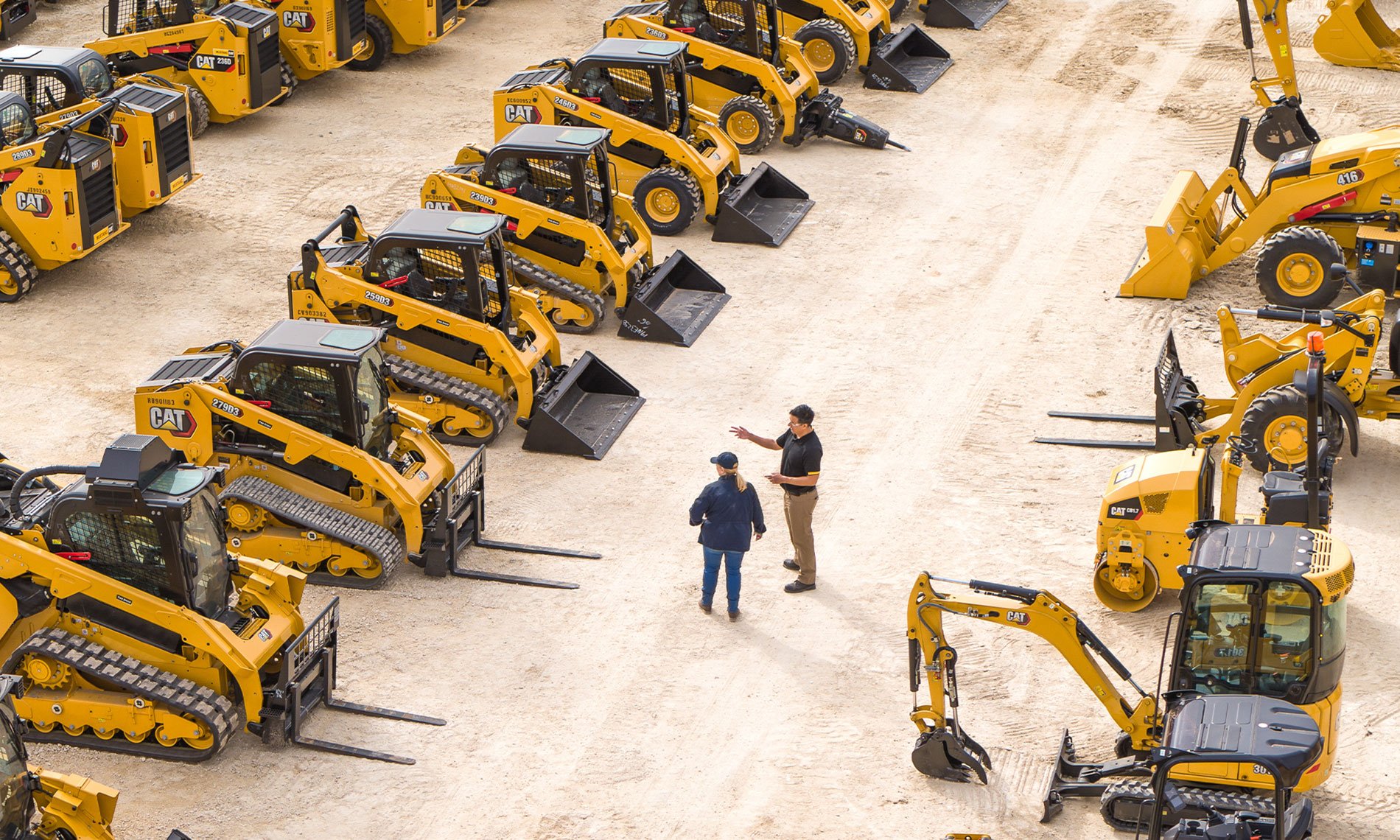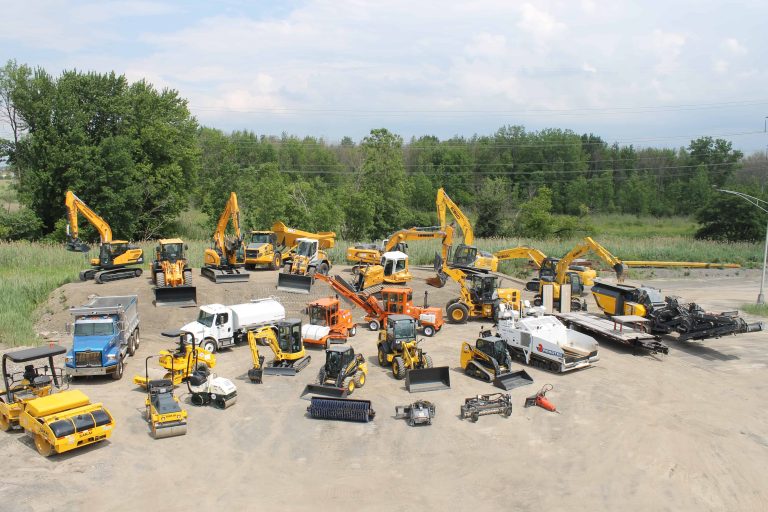Equipment Rental Company: Your Source for All Sorts Of Machinery
Equipment Rental Company: Your Source for All Sorts Of Machinery
Blog Article
Maximize Your Spending Plan by Comprehending the Costs Linked With Building Equipment Rentals
Recognizing the complete scope of expenses linked with construction devices leasings is critical for maximizing your budget plan. What strategies can be employed to successfully take care of these costs and guarantee a much more reliable rental experience?
Introduction of Rental Costs
When taking into consideration building equipment leasings, understanding the linked costs is extremely important for efficient budgeting and task planning. Rental expenses can differ dramatically based on a number of variables, including devices kind, duration of leasing, and area. The preliminary rental cost frequently mirrors the devices's market demand and its connected functional capabilities, influencing the general expenditure.
In addition to the base rental rate, secondary prices may occur, such as transport costs, gas surcharges, and upkeep costs. It is important to represent these added expenditures to accurately evaluate the complete price of renting devices. The rental period can influence pricing; longer rentals might qualify for affordable rates, while temporary rentals may incur higher everyday costs.

Break Down of Rental Rates
A comprehensive understanding of rental prices is essential for contractors and task managers intending to enhance their budget plans. Rental rates for construction tools normally contain a number of components, consisting of base prices, time-based fees, and usage fees.
Base prices are the core costs related to the leasing of the equipment, frequently determined by the kind and dimension of the machinery. These rates can vary dramatically, affected by elements such as tools demand, availability, and local market trends. Time-based costs, which may be daily, weekly, or monthly, serve to suit different task timelines and rental durations.
In addition, rental rates might consist of usage costs, which are appropriate when equipment is made use of beyond a defined threshold, ensuring that the rental firm can account for damage. Seasonal need fluctuations can additionally impact rental prices, with peak building seasons commonly regulating higher rates.
Furthermore, understanding the rental firm's policies relating to maintenance and insurance policy can offer more insight right into the total cost framework. By analyzing these elements, contractors can make educated choices, guaranteeing the option of rental devices aligns with both job requirements and budget plan restrictions.
Extra Costs to Consider
Understanding the complexities of extra charges is important for service providers to handle their total service costs successfully. Past the common rental prices, different supplemental fees can considerably affect the total cost of equipment service. These costs frequently include delivery and pickup costs, which can differ based on distance and logistics involved in transporting the tools to and from the work site.
Furthermore, some rental companies may enforce gas surcharges if the equipment is returned with much less fuel than when rented. It is also essential to know possible cleansing charges, particularly for specialized tools that calls for complete upkeep after usage.

Completely evaluating the rental agreement and making clear these extra fees ahead of time can assist professionals avoid unanticipated expenses and guarantee that budgets stay undamaged throughout the project lifecycle.
Upkeep and Repair Work Expenditures
Routine repair and maintenance expenditures are typically forgotten elements that can dramatically influence the general price of building tools rentals. When leasing tools, it is essential to take into consideration not just the rental costs but likewise the possible costs connected with maintaining the equipment in optimal operating condition.
Lots of rental firms consist of basic maintenance as component of the rental arrangement; however, a lot more unanticipated breakdowns or comprehensive repair services can bring about additional expenses. It's vital to review the rental contract very carefully to recognize what upkeep services are covered and what obligations drop on the occupant.
Additionally, tools that is not properly maintained can lead to inefficiencies on the job site, possibly increasing and creating hold-ups task costs. To reduce these risks, it is recommended to carry out regular evaluations and maintain open communication with the rental supplier relating to any type of issues that occur during usage.
Insurance Policy and Obligation Expenses
Insurance and liability prices are important elements that can considerably impact the total cost of building equipment services (boom lift rental). These expenses ensure that both the rental business and the customer are shielded from possible financial losses developing from crashes, damage, or burglary during the rental duration

In addition, clients need to know any deductibles or exemptions in the insurance coverage, as these can impact possible out-of-pocket expenses. Comprehending the conditions of any insurance policy protection is vital to prevent unforeseen prices. Ultimately, budgeting for insurance coverage and responsibility expenses can help make sure a smoother rental experience and shield against more helpful hints financial dangers connected with building and construction projects.
Conclusion
In verdict, a thorough understanding of the prices connected with construction tools services is crucial for reliable budget plan management. Inevitably, notified decision-making concerning equipment services contributes to the total success of building endeavors.
Rental prices can differ considerably based on several variables, consisting of equipment kind, duration of rental, and place (heavy equipment rental). The rental duration can impact prices; longer rentals might qualify for affordable rates, while short-term leasings might sustain higher day-to-day fees
By conducting detailed research study and engaging with reputable rental firms, professionals can efficiently browse the complexities of rental rates, eventually optimizing their financial resources.
Beyond the conventional rental prices, numerous additional costs can considerably influence the complete cost of devices rental. Rental business typically provide responsibility insurance policy that covers injuries to 3rd events or damages to residential property, while tools damage insurance can cover read what he said the expense of repair work or substitute if the rented devices is harmed.
Report this page